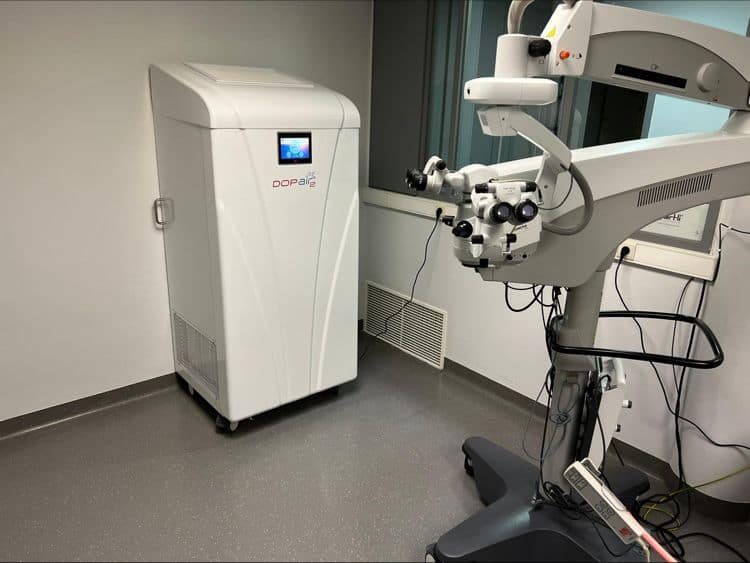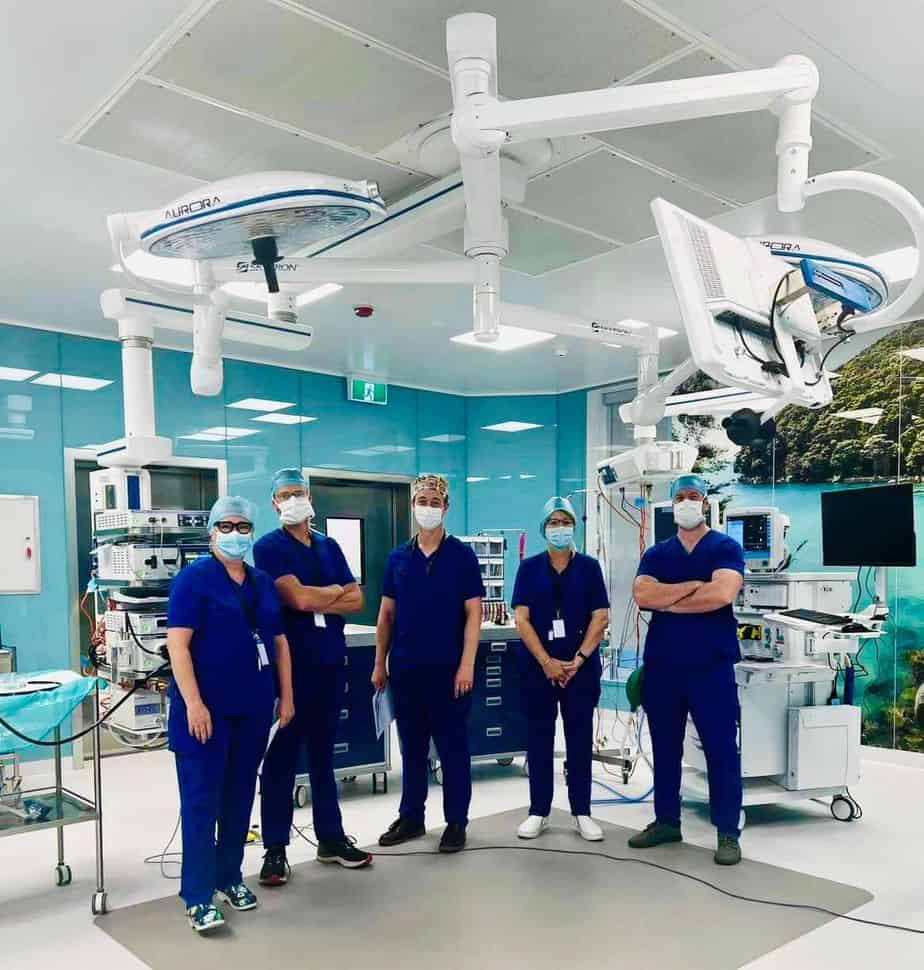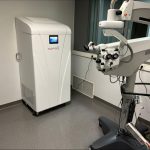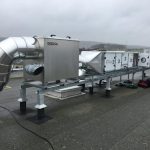While 91{01e3c5e93231d16e008ef94f2b1d6fd0127ff363a7cc717001d1444d838f865e} of the world’s population lives in places where air quality levels exceed WHO limits and becomes a worldiwde challenge – Health structures such as Hospital , Laboratories, or Clinic are still facing bad indoor air quality.
This worldwide issue can lead to patient infections and negatively impact hospital employees: according to the World Health Organization, at any given time over 1.4 million people across the globe suffer from a nosocomial or HAI.
HAIs account for 2 million cases and about 80,000 deaths a year.
But this indoor pollution creates further damages on the Hospital organization _ which could be listed as below :
- Increase the patient stay at the Hospital.
- Increase medication and requires more patients staff.
- Damage the Hospital reputation and figures.
- Decrease staff productivity.
Hospital-acquired infection is any type of microbiological disease, patient or the hospital staff got directly being in it. While it can be transmitted by many ways, airborne HAI are mainly due to outdoor pollutants, and could be avoid by reducing the number of indoor VOCs (Voltaile Organic Compounds).
Today, many countries have their own rules and standards for ventilation in Hospitals but follow International Organization for Standardization, ISO, founded in 1946. The international organization ISO, released the new standard ISO 14644 Cleanrooms and Associated Controlled Environments, which gives 3 main important quidelines :
- the Classification of clean rooms and amount of particles.
- provides guidelines for measuring and calculation of particles.
- test methods to prove continued compliance with ISO 14644-1.
Analysis of the results are different from a country to another but follows a uniform interpretation. Thanks to the table enclosed, we can compare their guidelines in terms of :
- temperature
- humidity
- pressure
- type of air flow
- air velocity
ATA MEDICAL is helping and support healthcare facilities in their hygienic air treatment project – the French standards for results is named the ISO 90351 and was updated in 2013.
Each country is notable for its own climate, therefore, the requirements for the processing and purification of air in each country will be at least a little bit different. With our 30 years expertise in this field, we can help you identifying the best equipment for your needs and comply with International standards.
*Source: Maksim Kovalenko – COMPARATIVE ANALYSIS OF EUROPEAN AND RUSSIAN STANDARDS FOR VENTILATION OF OPERATING ROOMS IN HOSPITALS – Bachelor’s thesis – Double Degree program in Building Services Engineering










